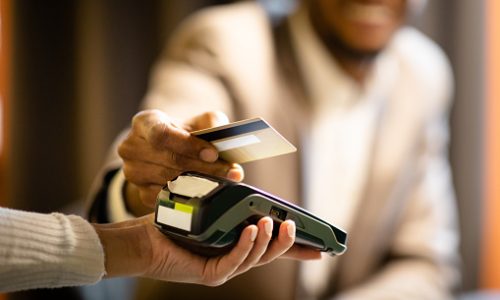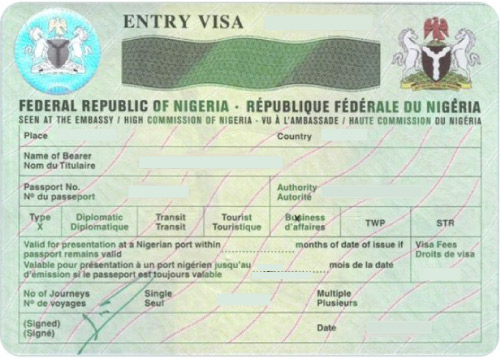KNOW THE LAW 03/11/2022
Regulation of Contactless Payments in Nigeria

1.What is Contactless Payment?
Contactless payment refers to a method of payment which enables consumers to make payment for goods and services by tapping a contactless payment enabled credit card, smart card or device over a contactless- enabled payment terminal. It provides an easy, convenient and efficient cashless option for making payment. Examples of instruments which can be used for contactless payment include, contactless enabled pre-paid, debit and credit cards, key fobs, mobile electronic devices, wearable devices etc.
2.What Financial Institutions are Affected by the Draft Guidelines?
The Draft Guidelines are applicable to financial institutions that are parties to contactless payments. These include: acquirers; issuers; payment schemes; switching companies; Payment Terminal Service Providers (PTSPs); Payment Terminal Service Aggregators (PTSAs) e.t.c.
3.What are the minimum standards for compliance applicable to stakeholders in contactless payment transactions?
The Draft Guidelines require the financial institutions listed in 2 above, whose activities involve the processing and storage of customer information to ensure that their terminals, applications and other systems used for processing customers’ information are compliant with the following minimum standards: (i) Payment Application Data Security Standard (PA DSS); (ii) Payment Card Industry Pin Entry Device PCI PED; (iii) Payment Card Industry Data Security Standard (PCI DSS);(iv)Advanced Encryption Standards (AES); (v) ISO 27001; (vi) and other standards as may be specified by the CBN from time to time.
3.What are the Roles and Responsibilities of Acquirers and Issuers with respect to Contactless Payments?
The Draft Guidelines precludes institutions that are not licensed by the CBN from acting as acquirers or issuers to contactless payment transactions. Permitted acquirers and issuers that engage in contactless payment are required to ensure that all contactless enabled applications, instruments, and devices deployed have been certified to process contactless payments by the CBN.
The Draft Guidelines also requires issuers and acquirers to ensure that the contactless payment instruments are neutral i.e brand agnostic.
Please note also that permitted issuers are required to only activate contactless payments on the instruction and consent of its customers.
4.What is the Transaction Limit for Contactless payment?
The Draft Guidelines provide that the CBN would determine the transaction and daily limit for contactless payments. Payments below the limit would be consummated without the need for customers verification, while payments above the limit will require customers verification in form of personal identification number, mobile code, or biometrics identifier.
Conclusion
Contactless payment has long before now been accepted as a preferred mode of payment in technologically advanced climes. It is, therefore, commendable to see that that the CBN has formally accepted contactless payments as a mode of payment in Nigeria.
It is however important to note that the Draft Guidelines is silent on the transaction and daily limit for contactless payments. As the Guidelines are still in draft form, we expect that this grey area will be clarified in the final guidelines as this may determine the usefulness and the level of acceptance of contactless payments in Nigeria.
Source: Pavestones



